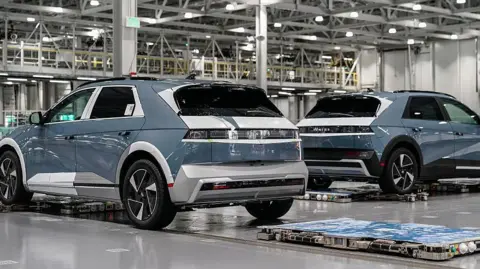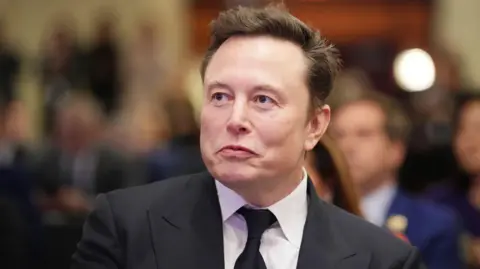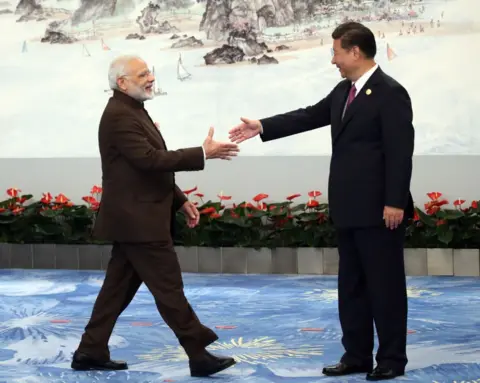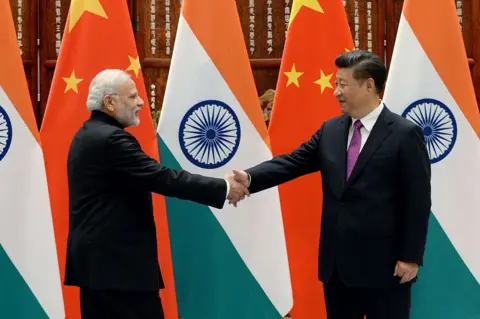Ola Electric, once celebrated as a leading force in India's transition to renewable transportation, finds itself in a precarious position. Established in 2010, the company initially made waves as a ride-hailing service before broadening its scope to embrace electric vehicles (EVs) and battery production, positioning itself as a direct competitor to Uber. The company garnered substantial investments from prestigious global firms including Japan's SoftBank and US-based Tiger Global, enabling it to launch India's largest IPO in 2023, which raised nearly $734 million (£567 million). However, this rapid ascent has been undercut by a litany of problems at its EV division, Ola Electric.
Sales of Ola electric scooters have seen a dramatic downturn, plummeting more than 50% since last April, as the company deals with aggressive competition from established two-wheeler manufacturers and increasing regulatory pressures. Since the IPO, Ola's market value has dipped by about 70%. Social media has been rife with negative reports from customers, including incidents of scooters catching fire and malfunctioning mid-ride. Consequently, the government has initiated inquiries into the company's licensing and regulatory compliance at numerous recently opened showrooms.
As Ola attempts to mitigate losses, it has undertaken extensive layoffs and restructuring measures. Heavy job cuts have affected over 1,000 employees in just a few months, which has left the company scrambling to align operational costs with its financial health. Despite these challenges, Ola maintains that it has found a path to streamline operations, boasting a $10 million monthly saving and quicker product deliveries.
However, industry analysts and former employees have raised concerns regarding Ola's market strategies. The company’s flagship scooter was reportedly launched with minimal modifications from Etergo's original model (acquired in 2020), raising questions about its market fit. Safety issues have resurfaced with reports of faulty battery systems and suspension failures triggering injury incidents. Ola has had to recall significant numbers of units due to safety concerns, raising alarms among experts and consumers alike.
While Ola claims to have sold over 23,000 scooters in March, government data shows far lower numbers reported, leading to inquiries over discrepancies in registration reporting. Additionally, as competitors ramp up their electric scooter offerings, Ola's market share has dwindled, leading to aggressive discounting and pressure on profitability amid widening losses.
Consumer response has also been less than favorable; numerous complaints regarding service deficiencies have compounded Ola's challenges. With many grievances left unaddressed for extended periods, the company now finds itself needing to negotiate its customer service model, which initially relied on a direct-to-consumer approach.
To address these customer issues, Ola announced plans to open nearly 4,000 service centers across India, but many have come under government scrutiny for lacking proper licenses. The fallout from Ola's operational decisions and service failures has made investors wary, especially those who entered during the IPO boom, raising critical questions about the company's future amidst delays in their ambitious battery manufacturing initiative.
Experts argue that Ola's troubles could be attributed to a broader startup culture affliction, characterized by high-pressure environments, decision-making concentrated in leadership, and misalignment between engineering practices, software methodologies, and hardware needs. With several top executives resigning recently, including high-profile positions in technology and operations, the pressure is mounting for Ola to course-correct and regain its footing in the competitive EV landscape.






















